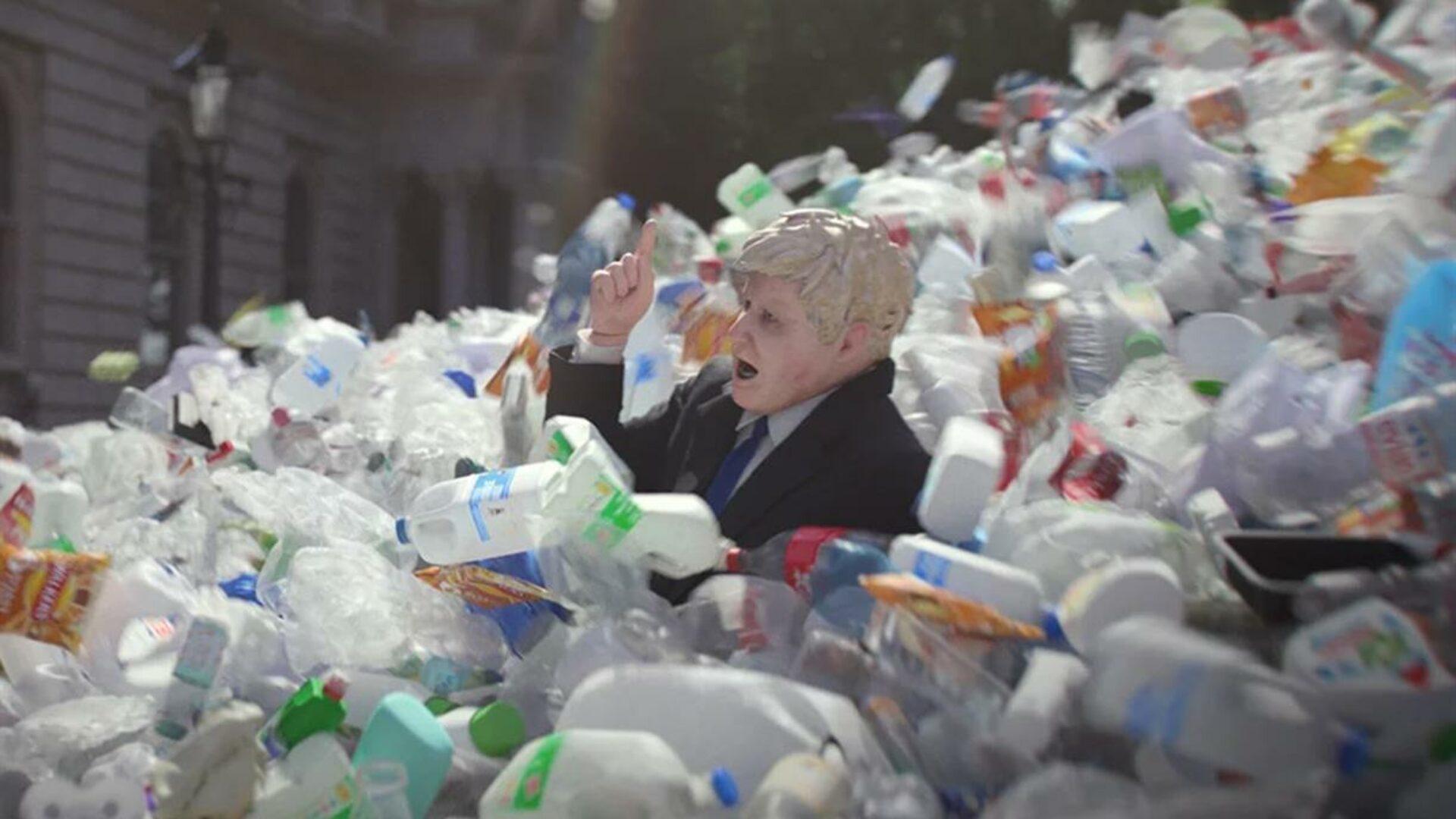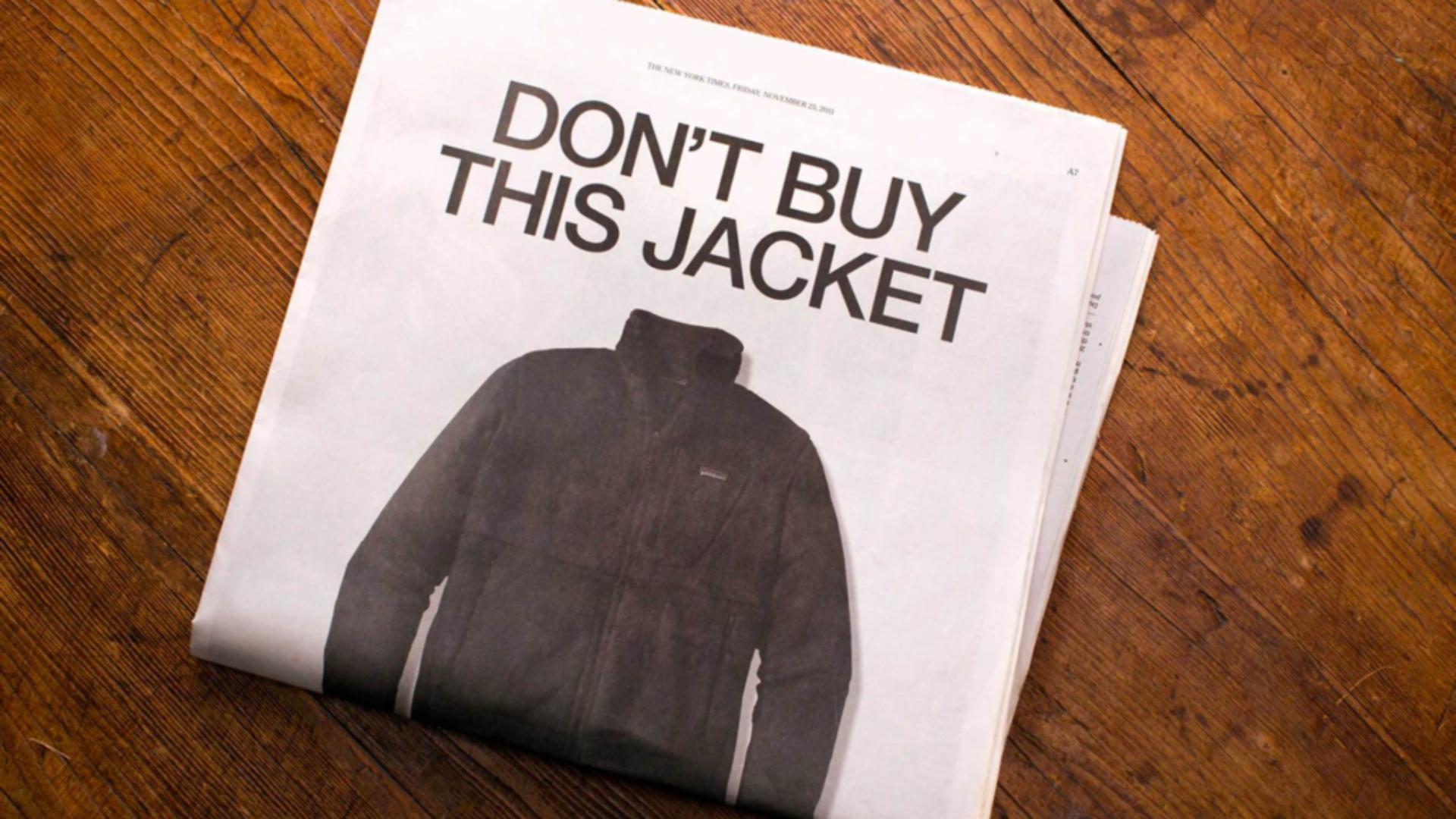Why is sustainability so boring
Sustainability, really?!
I know, I know. Sustainability… again. I get it, it’s boring, a little preachy, and no one really has the time or the money for it. Plus, it’s so, so hard to change your habits.
Being a sustainability consultant, I receive questions day in and day out about what sustainability really means: “So, if I make my own toothpaste, I’m sustainable right?”
The truth is, all of the above is a misconception. Sustainability isn’t preachy, it’s not boring, it’s not time consuming, nor is it expensive. Sustainability is badass – we’re saving the world.
Granted, the history of sustainability hasn’t helped prevent the perpetuation of this misconception. For over the last decade we’ve been bombarded with images of the world in crisis, for which we, at home on our sofas, feel like we are helpless. We’ve been spoken at with language we don’t understand, and have been deafened by facts and figures that really, quite simply, aren’t relatable. In the past, the sustainability crisis has been easy to ignore, but now, sustainability is a key topic for discussion, and we need to change the way we talk about it.
Say goodbye to the boring, incomprehensible sustainability, and say hello to the fun, inspiring and thought provoking upgrade – sustainability 2.0.
A need for boring
Although in the past many of us may have rolled our eyes every time our ‘green’ friend shook his head at the abundance of single use plastic plates, cups and forks at a dinner party, and started reciting dry facts about global pollution levels, boring is necessary to sustainability – at least in part.
Sustainability data needs to be ‘boring’ – it’s data. It’s analysed, compared and triple checked for any inconsistencies or lack of clarity. Although you and me probably don’t want to plough through piles of facts and figures (not unless there are some neat graphics accompanying them and a voice over from David Attenborough), keeping sustainability data formal and clear is necessary for people to do their jobs. These guys are our data heroes and without them, all the amazing sustainability work and research would never be done.
However, there’s a difference between sustainability being ‘boring’ for functionality purposes, and sustainability being – well – just quite simply boring. Global trends show that we are now eager to listen to and get involved in sustainability discussions, and we’re more open to making life changes and exploring new alternatives to our much loved products. But as businesses we have a responsibility to make these sustainable lifestyle changes more inviting and aspirational. It’s all in the presentation. Gone are the days of negative and unrelatable sustainability credentials – our customers want sustainability to be sexy and simple. Easy.

Choose your audience
Your sustainability team will probably be producing work that’s a little lacklustre in its appearance, perhaps a little jargon heavy in its delivery. But, they’re very right in doing so. They’re delivering these reports to analysts, CEOs, Boards, third party verifiers, and very often are working to a mandatory framework set out by governments – there’s often not so much room to budge.
But that’s ok. Keep the boring, matter of fact, scientific reports for this reason. Send them to the relevant bodies for approval. Make sure you’re reporting everything that’s needed and doing the good (and time consuming) work of a sustainability superhero.
However, sadly but understandably, your customers probably won’t care about this hard work. Not if they’re force fed it in all its Excel glory. This is where choosing your audience is key to delivering sustainability reports in a functional yet inspiring way. Deliver those encyclopaedias of dry data to the relevant bodies, pairing data with a slick and simple design is the best way forward. But for those at home, who are interested in your sustainability activities, give them a story.

The sustainability sex appeal
Sustainability was, for a long time, a turn off for many. Now, it’s time to make it a turn on. Sell your sustainability credentials the way you sell your products, talk about your sustainability policy the same way you talk about your new range of goods. Get excited – you are, after all, helping to save the world.
Get your creative team, or hire a creative digital agency, to design your reports in a way that’s engaging. Use language that everyone can relate to, and don’t forget to inject that burst of excitement that comes naturally when you know you’re doing good for the world.
If you’re not reporting, but rather selling your sustainable service or product through advertising campaigns – online and offline – do the same. Be bold, because people admire that your hard work isn’t all being done just to benefit your bottom line. You care, and people love that.
Give people those “dry” facts that your data heroes have laboured over, but give it to them in digestible terms. Using LEDs for one year might have saved you 400kWh of energy, but what does 400kWh of energy look like or even mean? It is difficult for people to connect emotionally to figures like this, and if you really want your figures to inspire change and action, you need to make them make more than sense – you have to make them have meaning.
Develop a sense of scale by attaching your data to what’s relatable and familiar for your customers. They might find it hard to get their heads around how much of an impact your energy saving actions have had on the world, but translate your 400kWh saving into how many hours of TV watching that has saved, or how many full charges of an electric car that equates to, and your figures start to have more weight. Your figures really start to reflect their true value in the eyes of your customers.

It's not all about you
Although your product is kick ass and your services are serving up positive impact after positive impact, it’s not all about you. Your customers care about what they’re buying, yes. They care about what brands they associate themselves with, yes. They care about the impact their purchases have on the world around them, yes. But really, they mostly care about how this brand, product or service benefits them. How your product will add value to their lives. The other stuff is, in reality, a bonus.
You’re the most sustainable company in the world, your services are saving lives, your products are saving the environment, but if you aren’t offering to add value to your customers’ lives, they won’t engage with you.
To use Studio Republic as an example. There are thousands of creative digital agencies out there that we compete with everyday. There are also a handful of other sustainable digital agencies that we compete against too. Being sustainable alone isn’t enough to make a splash in the big pond of competition that’s out there. Our work on being sustainable wouldn’t count if we didn’t offer our customers high quality services with their needs at the centre of everything we do. We simply wouldn’t be able to continue to operate based on our good intentions alone. We have to work on our services each day to ensure that we deliver on our promises and that our customers’ needs are always being met. That’s what our clients are effectively paying for.
The ethics, the sustainability, the creative for good is at the core of who we are, and it is what helps our client to choose us over all of the amazing agencies who offer the same services as we do. It’s our point of difference. It’s our mutual connection with the people we work with, it’s the essence of our relationship. It’s how we make our positive impact on the world.
